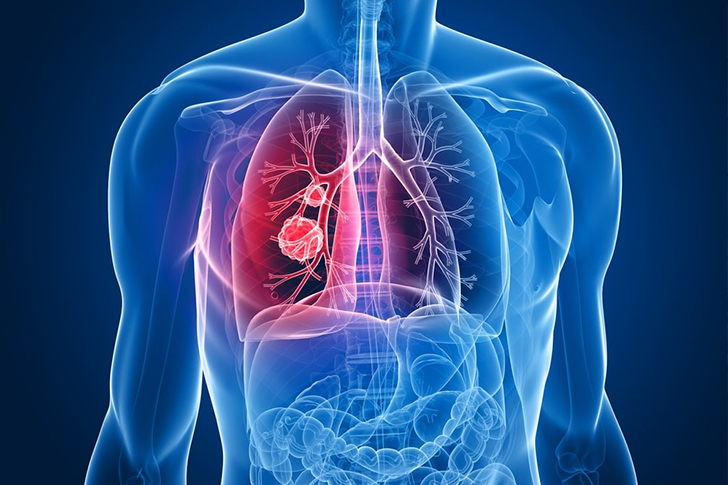5 Things You Need to Know About Lung Cancer
Lung cancer remains one of the most common and serious types of cancer, accounting for about 25% of all cancer deaths annually. Despite its prevalence, many people are unaware of the essential facts that can aid in prevention, early detection, and treatment. Here’s what you need to know about lung cancer, underlined with important statistics and information.

1. Understanding the Types of Lung Cancer
Lung cancer is primarily divided into two major types, which are diagnosed based on how the cancer cells appear under a microscope:
- Non-Small Cell Lung Cancer (NSCLC): Accounting for approximately 85% of cases, NSCLC is the most common type of lung cancer. It includes subtypes such as adenocarcinoma, squamous cell carcinoma, and large cell carcinoma, each varying in cancer cell characteristics and treatment responses.
- Small Cell Lung Cancer (SCLC): Making up about 10-15% of lung cancers, SCLC is less common but more aggressive. It tends to spread more quickly than NSCLC and is usually more responsive to chemotherapy.
Understanding the type of lung cancer is crucial as it influences both the treatment approach and the prognosis.
2. Risk Factors
The most significant risk factor for lung cancer is smoking. Tobacco smoke is responsible for about 90% of lung cancer cases. Risks increase with the number of cigarettes smoked daily and the length of time a person has smoked. However, lung cancer can also occur in people who have never smoked. Other risk factors include:
- Exposure to radon gas: The leading cause of lung cancer among non-smokers.
- Exposure to asbestos, arsenic, diesel exhaust, and certain forms of silica and chromium: Particularly high risks are seen in workplaces with these substances.
- Family history of lung cancer: People with a parent, sibling, or child with lung cancer have a higher risk.
- Previous radiation therapy to the chest: For treatment of other cancers.
3. Symptoms to Watch For
Lung cancer symptoms often don’t appear until the disease is in its advanced stages. Common symptoms include:
- Persistent cough that gets worse over time
- Chest pain that is often worse with deep breathing, coughing, or laughing
- Hoarseness
- Weight loss and loss of appetite
- Coughing up blood or rust-colored sputum
- Shortness of breath
- Feeling tired or weak
Anyone experiencing these symptoms should consult a healthcare provider, especially if they are at high risk.
4. Diagnosis and Screening
Early diagnosis of lung cancer can dramatically improve the likelihood of successful treatment. Methods for diagnosing lung cancer include imaging tests such as chest X-rays and CT scans, followed by a biopsy to examine small samples of tissue under a microscope.
For high-risk individuals, such as older adults with a long history of smoking, low-dose CT scans are recommended for screening. Studies have shown that screening with low-dose CT scans can reduce lung cancer mortality by 20% compared to chest X-rays.
5. Treatment Options
Treatment for lung cancer depends on the type, stage, and overall health of the patient. Options include:
- Surgery: To remove the tumor and surrounding tissue, which is often a choice in the early stages of NSCLC.
- Radiation therapy: Often used when surgery is not an option or in combination with other treatments.
- Chemotherapy: Used for all types of lung cancer, particularly effective in SCLC.
- Targeted therapy: Focuses on specific abnormalities present within cancer cells. For example, patients with certain genetic mutations may benefit from drugs designed to target those mutations.
- Immunotherapy: Uses the body’s immune system to fight cancer. Some types of immunotherapy have been very successful in treating lung cancer that has spread or returned.
Conclusion
Awareness of lung cancer is crucial for prevention, early detection, and treatment. While smoking remains the biggest risk factor, non-smokers should also be aware of other risk factors. Regular screenings for people at high risk and immediate medical attention for those with persistent symptoms can improve outcomes. With advancements in medical research, the treatment and management of lung cancer continue to improve, offering hope to those affected by this challenging disease.







Recent Comments